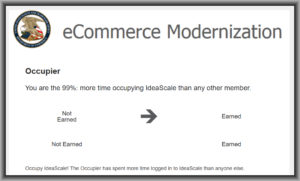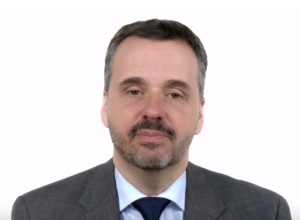(Update: A letter got sent on February 22, 2020 to the Commissioner for Patents at the USPTO, asking the RO/US to become a Depositing Office in the DAS system. See blog post. The Commissioner for Patents answered. See blog post.)
(Updated to reflect that RO/EP, RO/GE, RO/IL and RO/NO joined the trendy, modern and up-to-date club.)
One of the important ways that a patent office can participate in the DAS program is as a Depositing Office. This means that the Office makes applications which have been filed at that Office available to the DAS system so that other Offices can retrieve the applications.
A particular way that a patent office can participate in DAS is in its role as a Receiving Office. The idea is that an applicant may have filed a PCT application in that Receiving Office, and may later find the need to claim priority from that PCT application with respect to some later-filed patent application. When such a situation arises, the normal expectation of the applicant would be that of course the Receiving Office will be a Depositing Office in the DAS system.
Such a Receiving Office would, of course, deserve the accolade of being termed “trendy, modern, and up-to-date.”
Which then raises the natural question “which Receiving Offices are trendy, modern, and up-to-date?” Here is the list of patent offices whose Receiving Offices are trendy, modern, and up-to-date:
- Australia
- Brazil
- Chile
- China
- Denmark
- Eurasian Patent Organization
- European Patent Office
- Finland
- Georgia
- India
- Israel
- Morocco
- Netherlands
- Norway
- Spain
- Sweden
- WIPO
One might then wonder, which Receiving Offices are not trendy, modern, and up-to-date? And in particular, one might wonder, if we rank the Receiving Offices in order by the number of filings at those Offices, which of the top-ranked Receiving Offices are not yet trendy, modern, and up-to-date? Well, one need wonder no longer. Here I provide the answer.
Here are the top-ranked Receiving Offices by number of PCT filings. These five Receiving Offices, taken together, account for something like 85% of all PCT applications filed in the world. Next to each of these five Receiving Offices I have indicated whether (as of April 2020) it has or has not become a Depositing Office in the DAS system:
- RO/US (USPTO) – not trendy, modern, and up-to-date
- RO/CN (China) – yes trendy, modern, and up-to-date
- RO/JP (Japan) – not trendy, modern, and up-to-date
- RO/EP (European Patent Office) – yes trendy, modern, and up-to-date
- RO/KR (Korean Intellectual Property Office) – not trendy, modern, and up-to-date
Participation as a Depositing Office is clearly an action item for RO/US, RO/JP, and RO/KR.
Let’s hope that the USPTO, the JPO, and the KIPO will soon join the DAS system as Receiving Offices.



